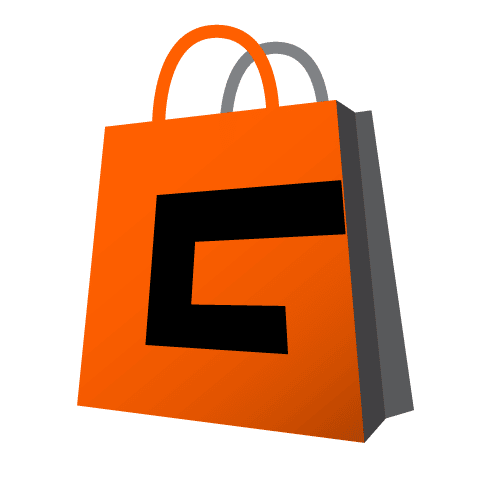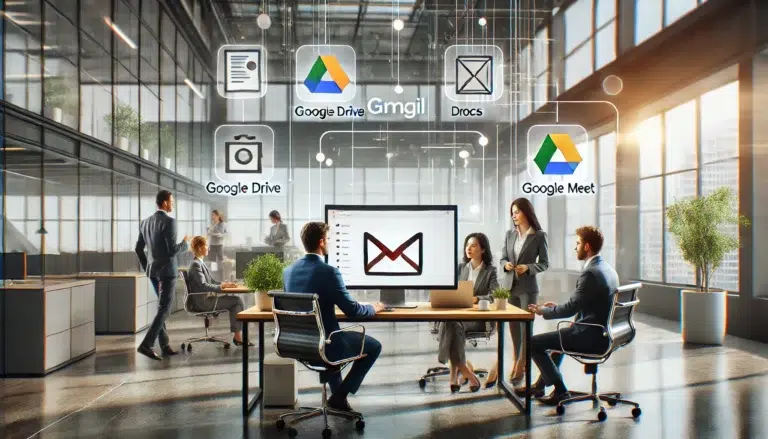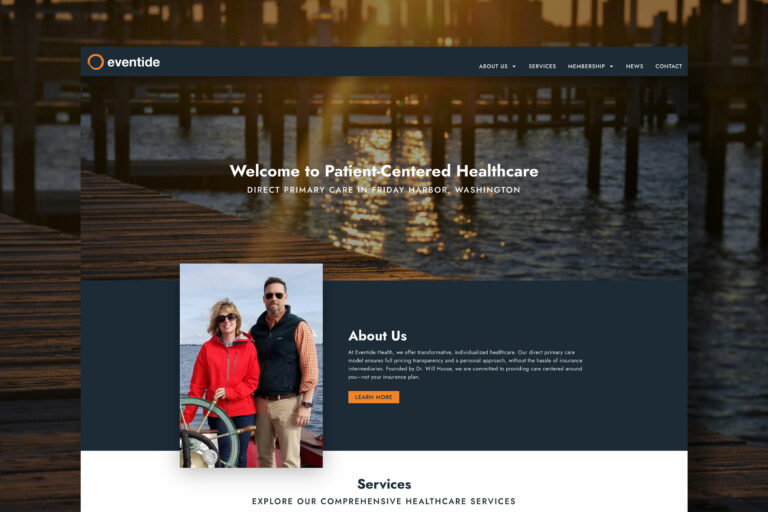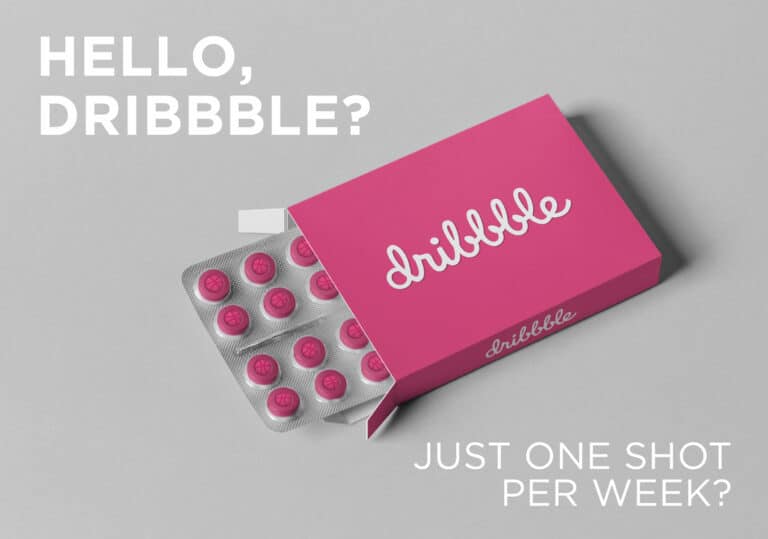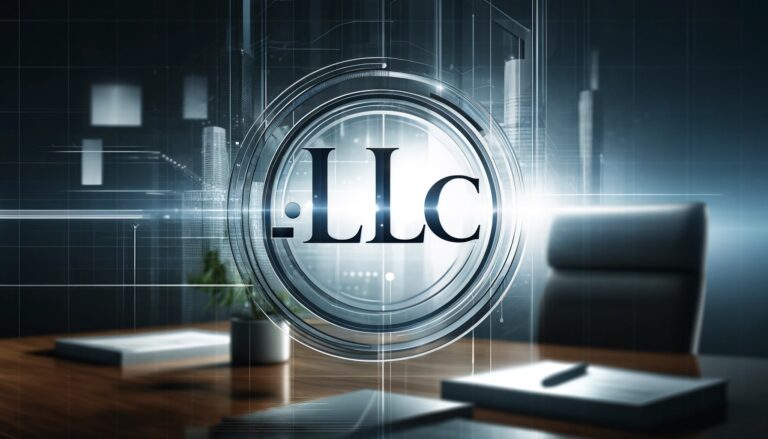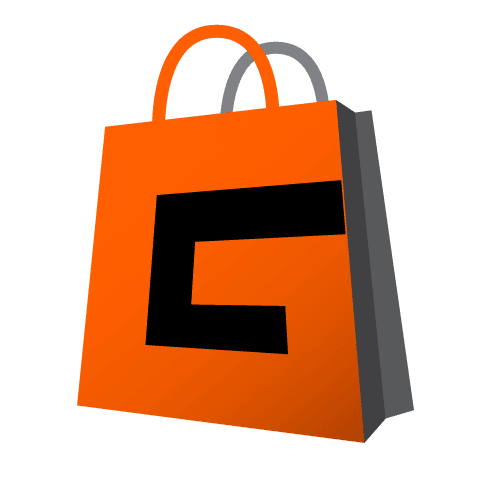Online retail is a world filled with opportunities and challenges. Every single click could potentially lead to a sale. However, shoppers often leave items in their carts and abandon the buying process midway, presenting a constant hurdle for digital merchants. This is where abandoned cart recovery steps into the spotlight. A fine-tuned strategy for abandoned cart emails can significantly boost your eCommerce conversions, and Klaviyo stands out as a potent tool to turn these lost opportunities into realized profits. Over the next several paragraphs, we will unveil the strategies that can help you dominate the game of cart recovery using Klaviyo.
A Deeper Dive into Shopping Cart Abandonment
The Reality of Abandoned Carts
In the vast, bustling marketplaces of the digital world, an all-too-common occurrence leaves online businesses riddled with potential yet unrealized profits — shopping cart abandonment. Picture this: a potential customer stumbles upon your online ecommerce store, browses through various products, and even adds a few to their shopping cart, only to abandon the transaction just before checkout. This is not an isolated incident but rather a pervasive phenomenon that plagues the eCommerce industry.
According to a comprehensive study by the Baymard Institute, an alarming 69.8% of online shopping carts are left abandoned, gathering virtual dust. This stark figure underscores the pressing need for online businesses to devise and deploy effective strategies that address and combat shopping cart abandonment.
Understanding the Why
So, why do customers abandon their shopping carts midway through a transaction? A deep understanding of this will be the bedrock of any successful cart recovery strategy. Here are some of the primary reasons people abandon them:
High Extra Costs: Unanticipated costs are one of the biggest reasons for cart abandonment. High shipping charges, taxes, or any other fees unmentioned till the final stage of the checkout process can deter customers. It’s vital for ecommerce stores to be transparent about the total costs upfront to prevent customers from feeling blindsided.
Mandatory Account Creation: Online shoppers value convenience and speed. Forcing customers to create an account to make a purchase introduces an unnecessary hurdle in their path, causing many to abandon their carts.
Complicated Checkout Process: Complexity is the enemy of conversion. A long, confusing, checkout page and process with multiple steps can discourage customers from completing their purchases. The key is to make the checkout process as simple, straightforward, and seamless as possible.
Limited Payment Options: Limited payment methods can also contribute to higher cart abandonment rates. Not all customers are comfortable with all forms of payment. Providing a variety of payment options caters to a broader audience and makes it easier for customers to complete their purchases.
Inadequate Security Measures: Online shoppers are rightfully concerned about the security of their personal and financial information. If your website doesn’t offer secure payment methods or visibly displays security badges, customers might abandon their carts due to security concerns.
Recognizing these common roadblocks is the first step toward addressing cart abandonment. By addressing these issues proactively, online businesses can design their websites and checkout processes to minimize cart abandonment, setting the stage for effective recovery strategies.
What is Klaviyo?
Klaviyo is more than just an email marketing platform; it is a comprehensive tool designed to help businesses make meaningful connections with their customers through targeted and personalized communications. It is particularly powerful due to its data-driven approach, which collects and analyses customer data to enable businesses to send highly relevant and personalized messages.
What benefits can I expect from my Klaviyo Abandoned Cart Flow?
Your abandoned cart campaign is a major email marketing strategy your company will implement. Abandoned cart mail shows a higher average conversion rate and engagement rates than other streams; the average open rate is 44%. So your customers can continue to buy your services and products.
In the dynamic landscape of digital commerce for ecommerce brands, leveraging the right tools can give you a competitive edge. One such game-changing tool is Klaviyo, a formidable player in the marketing automation sphere that’s been purpose-built for online businesses.
Unleashing Klaviyo’s Potential for Abandoned Cart Recovery
When it comes to cart abandonment campaigns and recovery, Klaviyo’s potential truly shines. By analyzing user behavior data, Klaviyo allows you to discern patterns in shopping cart abandonment, helping you to fine-tune your recovery strategies. Armed with this tool, merchants can send personalized emails reminding customers of their abandoned shopping carts.
But these recovery emails are more than just simple reminders. They are carefully curated, highly personalized nudges that guide your customers back to the checkout process. Each message is tailored to the customer’s unique preferences and shopping habits, increasing its relevance and the likelihood of the customer returning to complete the purchase.
Establishing Your Abandoned Cart Flow
Creating an Abandoned Cart Flow in Klaviyo is the inaugural step in setting up your recovery emails. But what does the first hour of this process involve, and why is it so vital to your recovery strategy?
To put it simply, your Abandoned Cart Flow is a sequenced roadmap of automated emails sent to shoppers who have filled their carts but exited your online store without completing the purchase. Each email in this email flow serves a specific purpose aimed at coaxing the customer back to finalize their transaction.
The Journey Back to Checkout
However, the Abandoned Cart Flow is more than a mere series of reminders. It is a strategically crafted customer journey designed to rekindle the customer’s initial interest in your products and navigate them back toward the checkout process.
This journey may begin with an immediate, gentle reminder about their forgotten items, gradually evolving into more persuasive attempts to secure a purchase. This could involve offering additional product information, customer testimonials, answers to potential queries, or even an exclusive discount to sweeten the deal.
In essence, your Abandoned Cart Flow is a carefully curated narrative that interacts with your customers, addresses their reservations, and encourages them to return and complete their purchase.
Remember, the ultimate goal is not to inundate your customers with desperate pleas for more sales but to construct an engaging, empathetic, and persuasive narrative that enhances customer relations and recovers potential lost revenue.
Personalization: The Winning Ingredient for Your Recovery Strategy
In the world of the eCommerce business, the power of personalization cannot be overstated. After all, we are not in the business of firing off impersonal, boilerplate emails that get lost in the inbox clutter. Instead, our goal is to establish meaningful connections with customers through personalized interactions and dynamic content that not only capture their attention but also resonates with them on a deeper level. This is where Klaviyo’s personalized messaging features truly shine.
Why Personalization Matters
Why does personalization matter so much in your abandoned cart email recovery strategy? The answer lies in the principle of relevance. Customers are more likely to respond to messages that speak directly to them – messages that reflect their interests, needs, and shopping behavior. These targeted, personalized messages can dramatically enhance your abandoned cart email’s engagement, increasing the likelihood of the customer returning to complete their purchase.
Utilizing Customer Data for Personalized Messaging
Klaviyo provides a host of features designed to facilitate personalization. It collects and analyzes valuable customer data, including browsing behavior and purchase history, to create detailed customer profiles. These profiles serve as a guide for crafting personalized messages that are tailor-made for each recipient.
For instance, you can use this data to remind customers of the specific items left in their cart, recommend similar products they might be interested in, or offer special discounts that align with their shopping habits. You could even reference their past purchases or browsing history to add a personal touch to the communication.
Personalization: Beyond the First Name
It’s important to understand that personalization in this context extends beyond merely addressing the customer by their first name. A truly personalized email should reflect the customer’s unique shopping journey and preferences, creating a bespoke shopping experience that fosters a sense of connection between your brand and the customer.
By harnessing the power of Klaviyo’s personalization features, you can create compelling, customized communications that strike a chord with your customers. Not only does this foster customer loyalty, but it can significantly increase sales and improve your chances of recovering abandoned carts, converting potential lost sales into tangible revenue.
The Art of Timing: Strategizing Your Cart Recovery Emails
When it comes to nurturing customers back to their abandoned carts, timing plays a crucial role. A well-timed email can capture customer interest at the right moment, increasing the likelihood of a completed transaction. However, timing is more than just a race against the clock – it’s a strategic component that, when aligned with customer behavior insights, can significantly optimize your recovery strategy.
Seizing the Moment: The First Email
The first email in your Abandoned Cart Flow should ideally be dispatched within an hour of cart abandonment. The logic behind this swift response lies in capitalizing on the customer’s lingering interest in the products they’ve left behind the last time limit abandoned checkout again. At this point, the customer’s shopping experience is still fresh in their memory, making them more receptive to a gentle nudge reminding them of their unfinished purchase.
Follow-up: The Second Email
A day or two after the first email, it’s time to send a second correspondence. This email serves as a gentle reminder of the items still awaiting purchase in their cart. It’s a delicate balance between being persistent and respectful, ensuring the customer does not feel pressured or overwhelmed. The focus of the abandoned cart email should be on rekindling the customer’s initial interest, offering additional information, or addressing potential concerns that might have led to the abandonment.
The Final Nudge: The Third Email
A few days later, the third email comes into play. This final nudge can take several forms, depending on your understanding of customer behavior and your brand’s specific strategy. It might offer a small incentive, such as a discount or free shipping, to encourage the customer to complete their transaction. Alternatively, it could highlight the limited availability of their chosen items or limited time, creating a sense of urgency to prompt action.
Remember, the timing and content of these emails can and should be tailored based on your customer insights and brand needs. There’s no one-size-fits-all solution – the key to an effective Abandoned Cart Flow lies in understanding your customers and adapting your own abandoned cart email strategy accordingly.
Crafting the Perfect Recovery Email: Key Components for Success
Crafting an effective cart recovery email is akin to concocting a successful recipe — it requires the right blend of ingredients, precisely measured and expertly combined. So, what are these vital ingredients, and how do they contribute to a successful cart recovery strategy? Let’s explore each of these components in detail.
The Deciding Factor: A Compelling Subject Line
The subject line of an email is akin to a book’s cover — it’s the first thing your customer sees, setting the tone for what lies within. As such, it carries a substantial weight in the customer’s decision to open your email or dismiss it altogether. Therefore, a compelling subject line is not just necessary — it’s critical.
Your subject line should stir a sense of intrigue, urgency, or even better, personalization. Klaviyo’s advanced features make it a cinch to craft subject lines that not only grab attention but also compel the customer to delve further.
The Heart of the Message: Clear and Persuasive Copy
Once the customer has opened your email, the copy becomes the star of the show. The role of the copy extends beyond merely communicating the email’s purpose — whether a gentle reminder or an incentive-driven nudge. It should weave a persuasive narrative that reignites customers’ interest and guides them back to their abandoned cart.
The language should be engaging yet unobtrusive, striking the perfect balance between persuasion and subtlety.
A Picture Paints a Thousand Words: Visual Elements
Integrating images and other visual elements into your emails can significantly bolster their effectiveness. Visual cues, such as images of abandoned products, can rekindle the customer’s memory, subtly reminding them of the products they initially found appealing. By visually reinforcing the value of the same product images and abandoned items, you’re more likely to entice the customer back to their cart.
Guiding the Way: The Call-to-Action
Every recovery email must include a clear call-to-action (CTA) — the beacon that guides your customer towards the desired action, in this case, completing their purchase. The CTA should be prominently positioned and crafted in a manner that conveys a sense of urgency, further encouraging the customer to take immediate action.
Building Trust: Contact Information
Last but certainly not least is the inclusion of your contact information. This simple yet often overlooked component fosters a sense of trust and reassurance among customers, ensuring them that help is readily available should they encounter any issues or queries. It’s a subtle nod to your commitment to customer service and can go a long way in enhancing customer loyalty.
Together, these components form the backbone of a successful cart recovery email, each playing its part in guiding your lost customers back toward their abandoned carts, transforming potential losses into recovered revenue.
The Secret Weapon: Leveraging A/B Testing
Despite the best-laid plans and strategies, there is always room for refinement, particularly in the ever-evolving realm of digital marketing. Enter A/B testing, an instrumental method that allows you to gauge the effectiveness of your strategies in real-time, adapting your approach based on data-driven results. Harnessing the power of A/B testing ensures your cart recovery emails aren’t just good but continually improving and delivering the best possible results.
A/B Testing: What and Why?
In its simplest form, A/B testing involves creating two versions of the same email — version ‘A’ being the original and version ‘B’ being the variant. The variant could feature changes to the subject line, copy, images, call-to-action, or email timing. These two versions are then sent to different segments of your customer base, and the response to each is carefully monitored.
Klaviyo’s advanced platform enables effortless A/B testing of your recovery emails, allowing you to explore different versions to see which resonates best with your audience. The goal is to determine what specific changes lead to higher open rates, more click-throughs, and, ultimately, increased conversion rates.
Data-driven Improvements: Analyzing Test Outcomes
The value of A/B testing lies not merely in implementing it but in analyzing the results it yields. These insights allow you to discern which elements of your emails are performing well and which areas need improvement. Do personalized subject lines lead to higher open rates? Does the inclusion of a discount coupon code in your CTA yield more conversions? These are the kind of questions that A/B testing can help answer.
Harnessing the power of A/B testing is akin to tuning a musical instrument — it’s all about finding the right note that resonates with your audience, enhancing the harmony between your brand and its customers, and, ultimately, transforming abandoned carts into successful purchases.
Author’s Thoughts:
Tackling the ubiquitous issue of a huge number of abandoned shopping carts by many ecommerce brands might seem daunting. But with tools like Klaviyo and the implementation of a well-devised recovery strategy, you can significantly improve your conversion rates and drive more revenue for your online business.
Remember that the effectiveness of your recovery strategy hinges on understanding your customers, delivering personalized communications, and continually optimizing your approach based on measurable results. Your subject lines need to be compelling enough to capture attention, your copy persuasive enough to spark interest, and your CTA persuasive and clear enough to inspire action.
And above all, it’s important to keep the human element at the core of your strategy. At the end of the day, you’re communicating with people — not faceless buyers. So, your emails should reflect understanding, empathy, and a sincere desire to provide your customers with the best possible shopping experience.
Contact Giant today to get your abandoned cart flow set up and optimized today.
